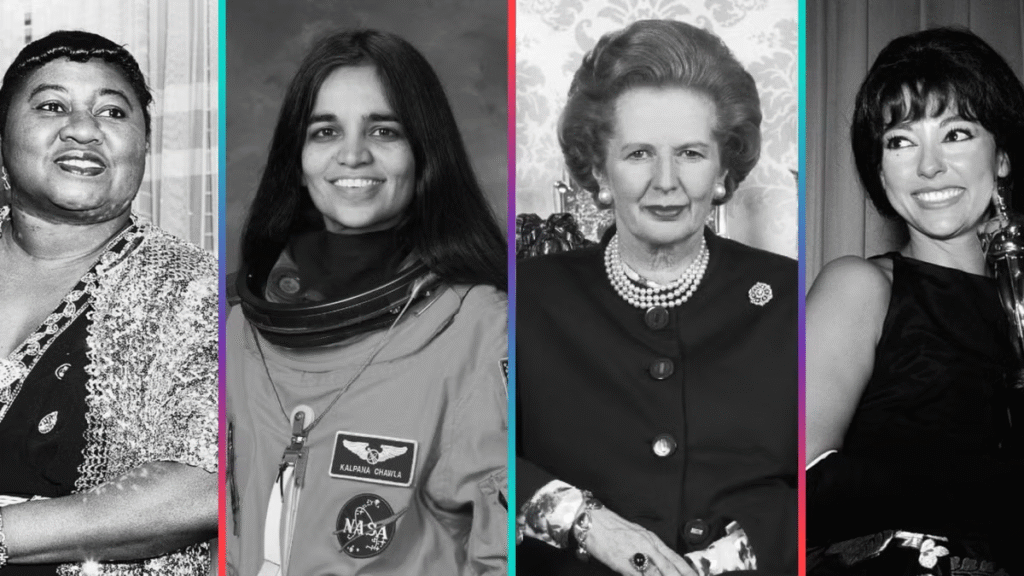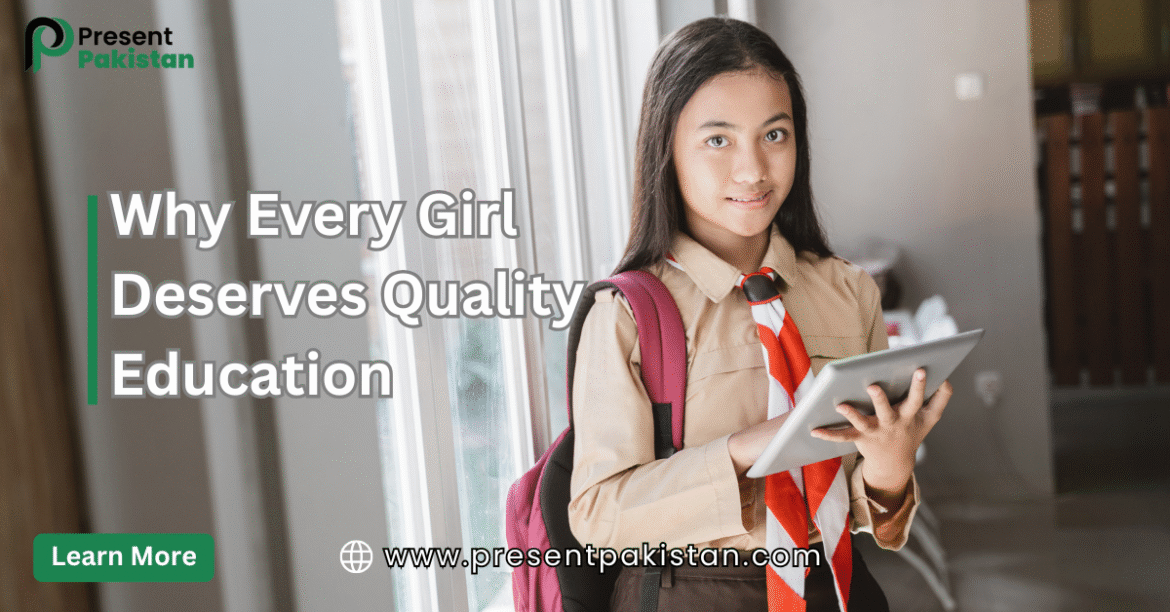Education is more than a privilege; it’s a basic human right. Yet, millions of girls around the world are still unable to access quality education. From cultural norms to economic circumstances, many barriers leave girls out of classroom learning. In the 21st century, when technology is rapidly shaping the world and nations are pushing for development, to leave any girl behind for the purpose of education is unfair and harmful to the future of our human societies.
For the purposes of this article, we will discuss in detail why every girl must have quality education and how it serves the cycle of poverty breaking, community empowerment, equality, and sustainable development.
Girls’ Education in the Global Context
- UNESCO estimates that at least 129 million girls worldwide are out of school, including 32 million girls of primary school age
- The United Nations Sustainable Development Goal 4 is to ensure inclusive and equitable quality education for all by 2030.

The Importance of Quality Education for Girls
1. Lifting Families out of Poverty
An educated girl has skills and ability to get better jobs. There is evidence to show that each year of schooling can increase a girl’s earnings by up to 20%.
2. Improving Health
Educated women make more informed decisions regarding their health and health of their children. Educational attainment decreases the risk of maternal and child mortality rates. In addition, educated women tend to be better informed about hygiene, nutrition, and accessing healthcare.
3. Increasing Gender Equality
Education provides girls the skills to break the cycle of discrimination, child marriage and violence against women. An educated girl becomes an empowered woman who is then better able to participate equitably in society.
4. Increasing Economic Growth
Countries that educate more women tend to see greater GDP growth. The World Bank says that by failing to invest in a girl’s education, developing countries are losing billions of dollars every year.
5. Creating Public Servants and Leaders
Educated girls are public servants/activists/policy makers, dedicated to paying back the debt to their community’s and society. They are a critical part of democracy, social justice, and much-needed social reforms when they bring strong voices to the political and community discourse.

Challenges Girls Face in Attaining Education
- Poverty and financial difficulties
- Cultural customs and adolescent marriages
- Insufficient safe schools and transport
- Shortage of women teachers in rural areas
- Digital divide in contemporary education
Real-Life Examples of Educated Girls Who Brought Change
- Malala Yousafzai (Pakistan): A worldwide symbol of courage who advocates for girls to have a right to education after she was attacked.
- Kalpana Chawla (India): After a modest upbringing, she became a NASA astronaut that inspired millions.
- Wangari Maathai (Kenya): Nobel Peace Prize winner for her environmental and social activism.

The Importance of Technology in Girls’ Education
The development of digital platforms such as Weversity.org, Khan Academy, and Coursera added more opportunities for girls in remote areas. Moving education online has helped remove geographical and cultural borders; allowing every girl access to the same resources in the same way.
How Communities Can Help
- By supporting awareness campaigns,
- Creating safe school environments,
- Convincing parents to put their daughter in school,
- Providing scholarships and financial resources to girls’ education,
- Providing role models for inspiration.
Conclusion
Educating girls is not only changing the life of a person; it is changing the lives of families, of communities, of countries. Girls should have the chance to learn, create, and have impact on their communities. Education is the foundation for progress, equity and peace. If we really want to be better, more inclusive, more inspiring people to empower girls and women, we must ensure education can reach every girl, everywhere, to the highest possible quality.
At PresentPakistan.com we raise awareness and amplify the voices that need to be heard, we take action for change. Join us in the fight for quality education for every girl, in Pakistan and across the globe. Stay tuned, stay inspired, be part of the change.
Visit PresentPakistan.com Today and Support the Change!
FAQs
Q1: Why is girls’ education important?
Educating girls creates healthy families, economic development, and community growth.
Q2: What are the main barriers between girls and education?
Barriers include poverty, community norms, access to resources, and safety issues.
Q3: How does girl’s education affect future generations?
A mother that is educated is even more likely to educate her children. This creates a ripple effect from one generation to the next.
Q4: Will technology increase the gap for girls’ education?
Yes, technology provides quality learning opportunities for girls even in rural and community settings.
Q5: How can local communities support girls’ access to education?
Encourage families, provide stipends, and provide safe spaces for learning.
People Also Ask
1. Why do girls have the right to equal education?
Girls have the right to equal education because that is a basic human right. Education provides girls the right to independence, the ability to make informed choices, and the equal possibility to contribute to the community around them. Genuine equality occurs when girls have equal opportunities to learn as boys receive, generating benefits for whole communities through reduced poverty, enhanced health, and empowered economies.
2. How does girls’ education positively affect a country’s economy?
Girls’ education positively enhances a country’s economy through the workforce and quality increase of goods/services. According to the World Bank, an additional year of schooling for girls can raise their future wages 10-20%. Countries with better-educated women report greater GDP growth, higher degrees of innovation, and increased overall development.
3. How does girls’ education alleviate poverty?
Educated girls gain employment, receive higher incomes, and ability to finance their families, breaking a cycle of poverty. Educated women are not likely to marry early, whereas educated women are more likely to finance the education of their children. This occurs through a ripple effect;,if a girl receives an education, she is not only lifted, but her entire generational poverty cycle is lifted.







